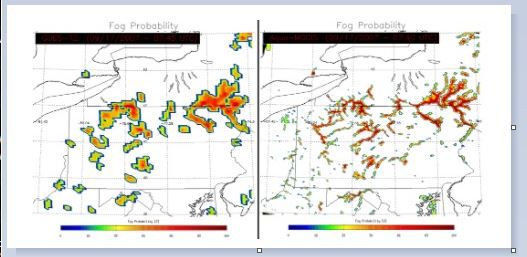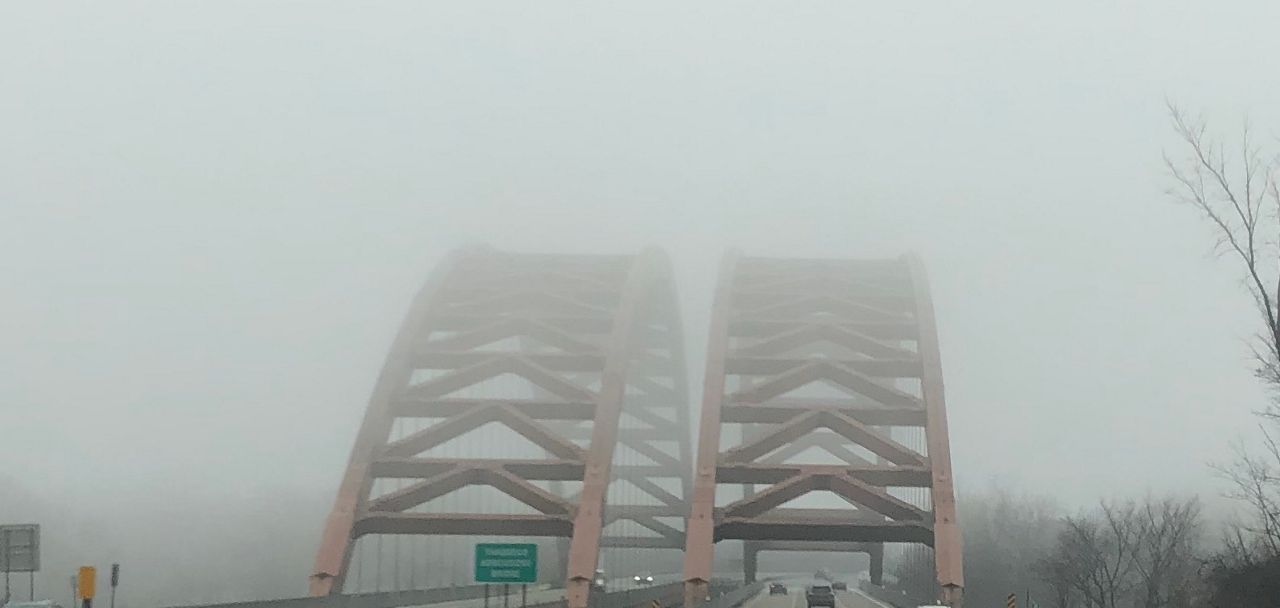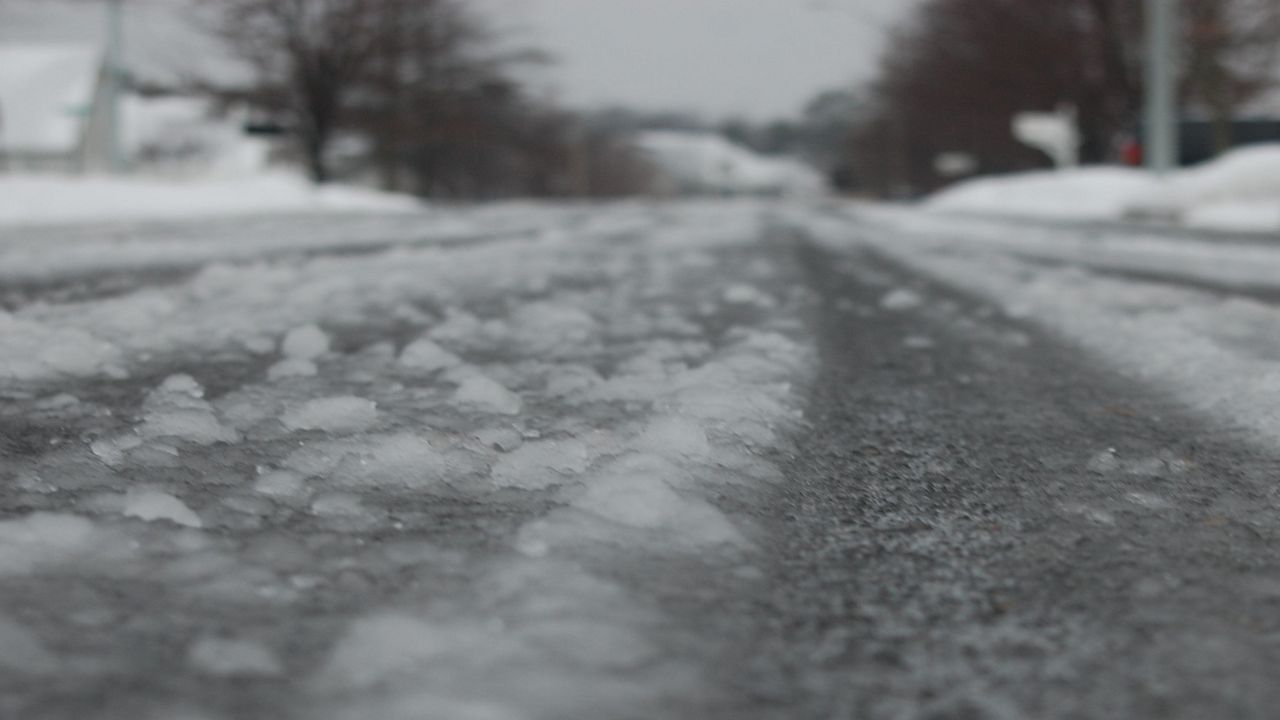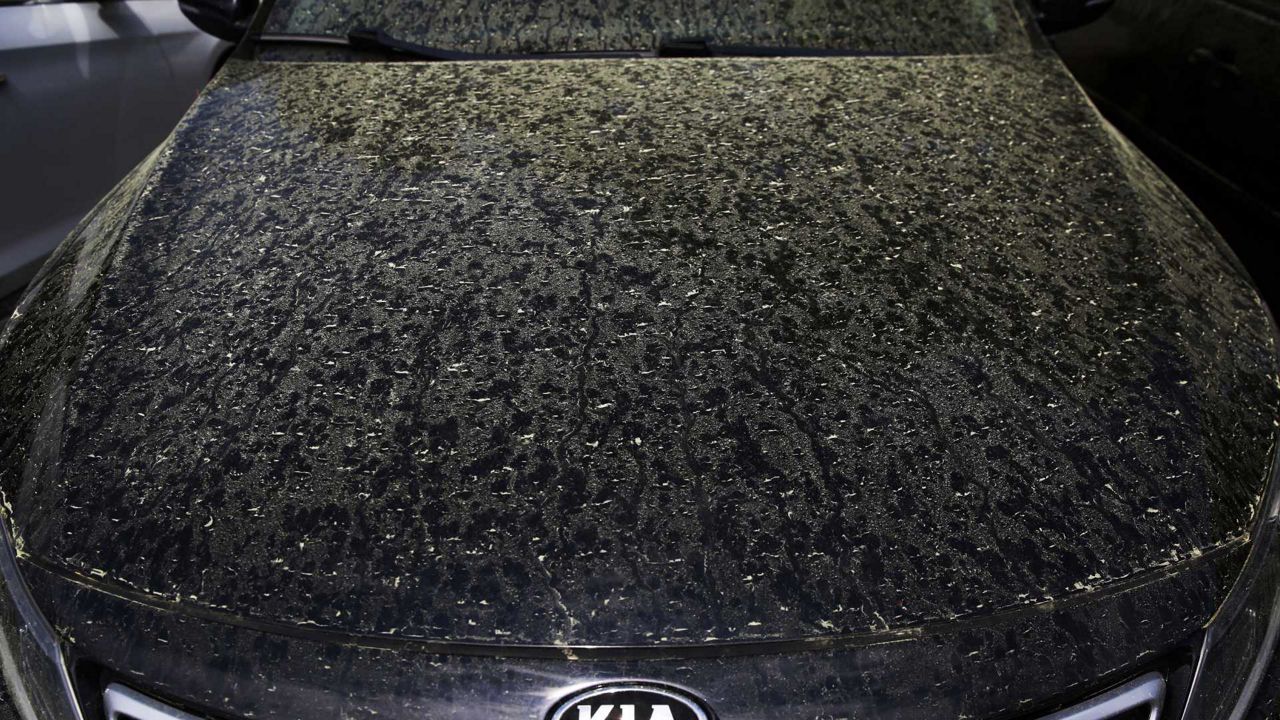It sure is fun to hit the roads on a fair-weather day when the sun is shining and the view is clear, but what about those days when the visibility is low due to foggy conditions?
We'll explore the visibility scale, how it's measured, and what it means for our trek around town.
Fog consists of water droplets suspended in the air at the Earth's surface. Fog hinders visibility greatly when it reduces visibility to 1/4th of a mile or less. Check out this blog for more information on how it forms.
We define surface visibility as a measure of the horizontal opacity of the atmosphere at the point of observation or the horizontal distance at which a person can see and identify.
So how is visibility measured? There are scientific instruments all around the country that constantly collect and share atmospheric data in real time. Meteorologists collect and apply the data to get the word out about what is happening and when and where.
Through timely weather observations, the public can be aware of any visibility issues right away. Of course, the prior weather forecast variables can provide hints of the processes that may cause fog to form well ahead of time, but it's real-time observation tools that can pinpoint where the foggy spots have set up.
Real-time data collection is crucial for providing current information about foggy spots and where you may need to wait it out until the fog lifts.
Some automated-type equipment contains forward scatter sensors to estimate visibility. This process includes scattered light through the air that is aimed at a sensor. When the beam detects more powerful scattered light, there are more fog droplets or more dense areas of fog.
Fog sensors record visibility data based on one-minute samples averaged over several minutes, giving way to new real-time data observation.
Did you know there are a few different classifications of fog, and we are prone to seeing all of them at one point or another? They include radiation, upslope, ground, inversion as well as combination types of fog.
It’s important to pay attention to your local forecast and weather observations to see if fog is on the way or already awaiting your travels. If you get your weather on a phone app or from watching a local television meteorologist, the visibility information you receive is probably coming from a local observation station.
These scientific weather observing equipment are all around the country and constantly gather and transmit weather data. There are tens of thousands of automated surface observation stations across our country. Read more about them here.
When we are stuck in pea soup on the ground, there likely is a view of it from above. Both geostationary and polar satellites show fog in real time. This timely information gives us a heads up of where the fog has settled in.
These images give a distinct visual of poor visibility locations.
Both visible and infrared satellite imagery help spot fog. A visible satellite provides images during the day since clouds reflect the light from the sun. Infrared satellites can see fog and clouds at night with sensors that measure the heat radiating off of them.
Satellite data not only provides true fog imagery but can also be used to predict the likelihood of fog formation ahead of time.

There are also other inventive ways of measuring visibility, and one is through a method called Relative Visibility. This measuring technology computes visibility by processing images captured by video cameras. The aim here is to measure the visual properties of video-perceived images instead of indirectly measuring the physical properties of weather variables.
Transmissometers are used to measure optical paths over space. This instrument is comparable to an application of a telephotometer where a known light source becomes the target.
A visibility range provided by a sensor is known as Meteorological Optical Range. This range is measured scientifically through the transparency of the atmosphere.
The National Weather Service issues a Dense Fog Advisory when caution is needed. When this happens, visibilities frequently drop to one-quarter of a mile or less. These conditions make travel difficult or impossible.
Take extra caution if you find yourself on the road in this situation, but the best bet is to avoid driving altogether until the fog has lifted.
In addition to widespread fog, forecasters must pay attention to the localized nature of fog and its possibility of occurrence in valleys and near waterways. Some parts of town are often more prone to development than others.
The main meteorological variables involved in the formation of fog are temperature, relative humidity, dew point, and wind speed. Some fog forms when the air near the ground cools enough to turn water vapor into liquid water.
Fog also forms when the wind is still, and it thins out or lifts once the sun breaks through or the breeze introduces movement of drier air.
You might be surprised to learn that there is a variety of fog made through different formation processes. Take a look at various kinds here.
If we can't see where we're headed or what's behind us, then we put our lives at risk of an accident driving in the fog.
Fog affects our perceptual judgments of speed and distance. The effects are the result of reduced contrast in how we see things based on the difference between the object's brightness and background. Fog lowers contrast, causing objects in our view to become fainter and less distinct.
Some people might be inclined to pump up the high beams while driving, thinking they’ll see better in poor visibility conditions, but this isn’t the case.
High beams are stronger lights and reflect the light at your eyes, making it worse for you and other drivers. Stronger light emitted from a vehicle’s high beams becomes counterproductive in low visibility. Light bounces off the fog’s water molecules, causing a glare back in your direction.
Some use rear fog lights if they have them when visibility is less than a few hundred feet.
Although, modern headlight technology is good. Extra fog lights are not needed anymore, but we recommend using your regular settings of low beams in foggy weather.
So, when you hear about low visibility conditions in the weather forecast, you might need to plan and leave yourself some extra time before heading out. Remember, visibility forecasts can change drastically in a short time.



